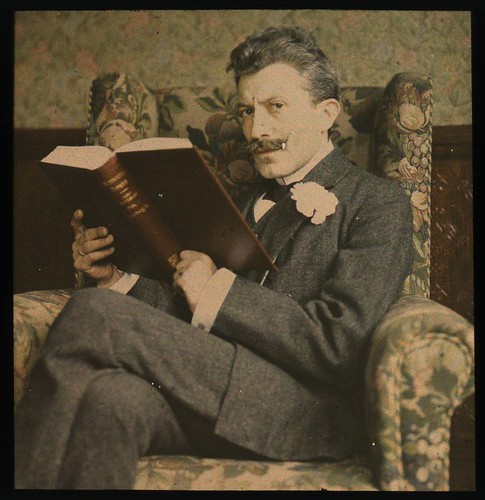Well the end of the year is here. Your final exam is on Friday 8 January. Here's your final exam study guide:
The exam will cover units 9, 10, and 11. In order to pass the exam (試験に合格するために) you must show that you understand and remember the content, vocabulary and grammar that you studied in units 9,10 and 11. You must also show that you can use the reading skills you practiced in class. There will be 6 types of questions:
Questions about the contents of Units 9,10, and 11
The exam will cover units 9, 10, and 11. In order to pass the exam (試験に合格するために) you must show that you understand and remember the content, vocabulary and grammar that you studied in units 9,10 and 11. You must also show that you can use the reading skills you practiced in class. There will be 6 types of questions:
Questions about the contents of Units 9,10, and 11
- Vocabulary: A. Match the vocabulary from the textbook with the Japanese translation. B. Match the words that make collocations.
- Grammar: These are multiple choice type questions. You will have to choose from 4 choices. Will will choose the best word or words to fill in the blank in a sentence. (p. 77 #3, p. 84 #1).
- Content: These are multiple choice type questions. You will be asked questions about the readings ("Into the Wild", pp. 78,79; and "Seeds of Change", pp.86, 87). You will have to choose from 4 choices.
- Personal response. This is a short paragraph type of answer. These questions will be about "Into the Wild" and Seeds of Change". Please study your answers to the "What do you think?" questions on pages 78 and 86. You will have to write 2 or 3 sentences in order to answer the question. Your answer should be at least 50 words.
Questions about two new readings.
- Reading for the main idea. This is a multiple choice type of question. You will have to choose from 4 choices.
- Reading for details. This is a multiple choice type of question. You will have to choose from 4 choices.
The exam will be sixty minutes. Use the following resources to help you study for the exam:
The answer sheets for the Independent Study Tasks in the lecture (x) folder.
Verb patterns
Unit 10 Word search
Unit 11 Verbs + Nouns
Unit 3 Word Search
Sarah's Freshman English Reading Blog: Unit 10, and Unit 11
Good luck!






